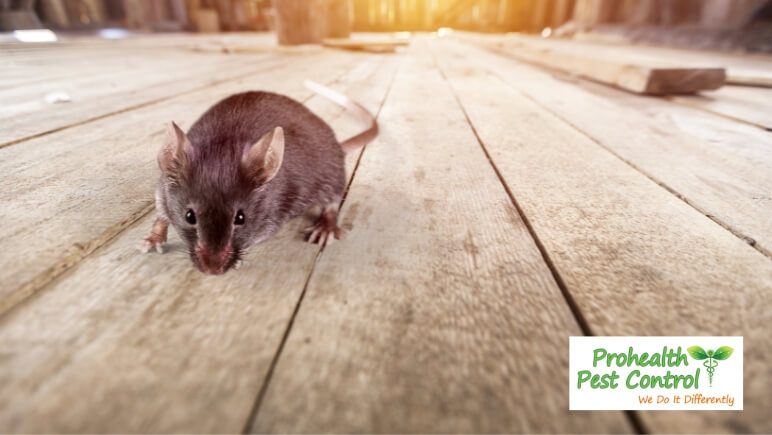The Uninvited Guests: Understanding How Rodents Infiltrate Your Attic
Discovering rodents in your attic is not only a nuisance but also a potential threat to your home and health. These uninvited guests can cause damage to insulation, chew through electrical wiring, and leave behind unsightly and unsanitary droppings. Today, we’ll delve into the common ways rodents infiltrate your attic, explore the risks associated with their presence, and provide effective solutions for rodent control in Clearwater.
Entry Points and Small Holes
Tiny Invaders, Big Problems
Rodents, including rats and mice, are surprisingly adept at finding small entry points into your home. Even the tiniest holes or gaps in your roofline or exterior walls can serve as an open invitation to these pests. Their flexible bodies allow them to squeeze through openings as small as a quarter of an inch, making it essential to identify and seal even the smallest potential entry points.
Roof Rats and Entry Points
Roof rats, known for their excellent climbing abilities, can access your attic by exploiting vulnerabilities in your roof. Overhanging branches or structural gaps provide convenient pathways for these agile rodents. Regularly trim branches that may be providing access to your roof and inspect for any gaps or openings along the roofline.
Identifying Entry Points
Inspecting for Signs
Conducting a thorough inspection of your home is crucial for rodent prevention. Look for signs of entry points such as chewed or gnawed areas, particularly around the roofline and attic vents. Rodent droppings and urine stains can also indicate their presence and potential entry points.
Sealing Small Holes
Prevention is key when it comes to rodent control. Seal any small holes or gaps with materials that rodents cannot easily chew through, such as steel wool or caulk. Pay close attention to areas around pipes, vents, and the intersection of different building materials.
Risks Associated with Rodent Infestation
Electrical Wiring Hazards
One of the most significant risks associated with rodents in the attic is damage to electrical wiring. Rats and mice are notorious for their gnawing habits, and electrical wires are no exception. This poses not only a risk of electrical malfunctions but also increases the likelihood of a fire hazard.
Health Concerns
Rodent droppings and urine in the attic can lead to health issues for occupants. Airborne particles from dried feces can be inhaled, potentially causing respiratory problems. It’s crucial to address a rodent infestation promptly to mitigate these health risks.
Effective Rodent Control and Prevention
Professional Pest Control Services
When dealing with a rodent infestation, seeking professional pest control services is often the most effective solution. Pest control experts have the knowledge and tools to identify entry points, eliminate existing rodents, and implement preventive measures to ensure long-term protection.
Rodent-Proofing Your Attic
To rid your attic of rodents and prevent future infestations, it’s essential to rodent-proof the space. This includes sealing entry points, removing potential nesting materials, and ensuring proper ventilation to discourage rodent habitation.
Contact ProHealth Pest Control if You Have Rodents in Your Attic
Understanding how rodents get into your attic is crucial for effective rodent control and prevention. By identifying and sealing small holes, being vigilant for signs of infestation, and addressing the associated risks, you can safeguard your home and family from the problems posed by these unwanted guests.
If you’re facing a rodent infestation in Clearwater, consider reaching out to ProHealth Pest Control for a free consultation to ensure a comprehensive and lasting solution to your rodent woes.





